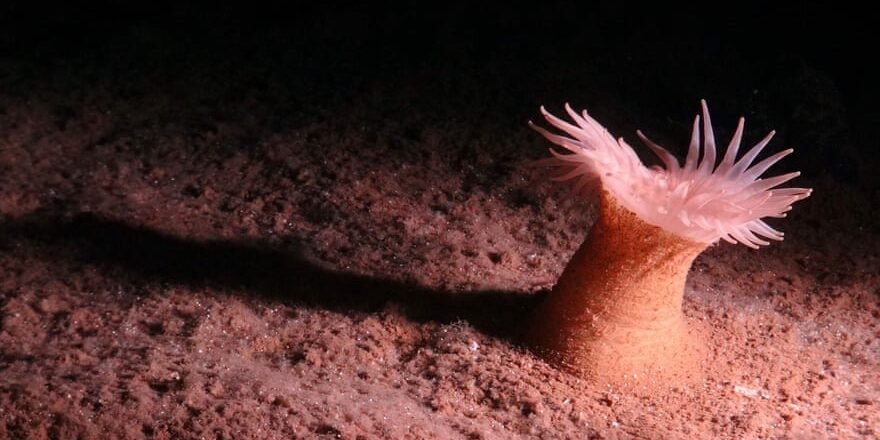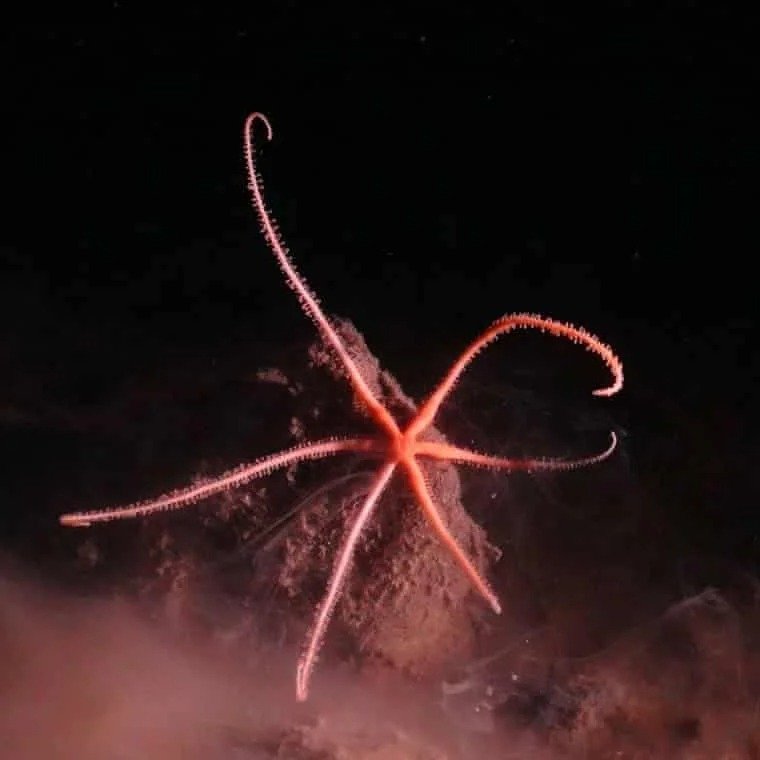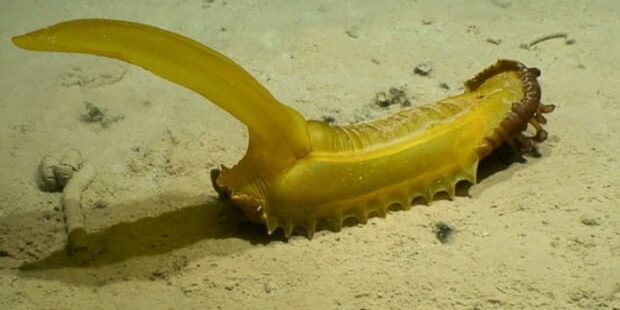Scientists from the National Oceanic and Atmospheric Administration of the USA have discovered more than 5,000 different species of animals in the deep-water zone of Clarion-Clipperton on the bottom of the Pacific Ocean. This vast territory is located at a depth of about 6 kilometers between Hawaii and Mexico.

Biologists have been actively exploring this area for several years with the help of deep-sea vehicles. This is because it is rich in cobalt, nickel and other minerals, and may soon be at the disposal of mining corporations. And this will inevitably lead to a change in the fauna.

The researchers note that 90% of the discovered animals have never been encountered or studied before. Most of them don't even have names. And almost all the local inhabitants are not common anywhere else. In other regions, only six species were seen, including the "predatory sponge" and "sea cucumber".

Of the new creatures, scientists have already given the name "marmalade squirrel", which has a long tail and a jelly-like body, and "glass sponge" (in the title photo). Basically, arthropods, worms and echinoderms live here.